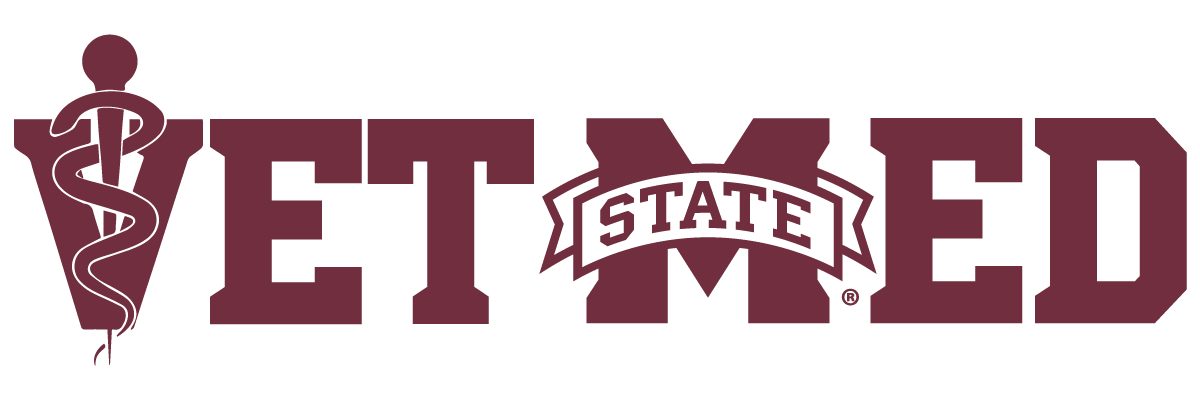
In recent years, there has been a greater awareness of the physical and emotional challenges faced by those who provide care for our beloved animals. The demanding nature of their work, combined with the emotional strain of dealing with complex cases, often leads to burnout and is in large part why the mental health of veterinarians has become an increasing concern. Addressing these concerns can prove difficult, as traditional talk therapies can sometimes fall short, particularly for those who find it difficult to express their feelings. But with Psychotherapy Incorporating Equine (PIE) – a new approach that’s gaining traction among therapist and those seeking relief – more direct results may be possible.
PIE involves engaging with horses in a therapeutic setting under the direct supervision of a licensed therapist. This approach leverages the unique physical and emotional responses triggered by interacting with these animals. According to Dr. Katie Holtcamp, a veterinary social worker at Mississippi State University's College of Veterinary Medicine, this form of therapy is not just about the interaction but how it engages different parts of the brain. Dr. Holtcamp has spent the past 10 years researching a variety of human-equine interactions in clinical environments across the state of Mississippi. Her latest research focuses on the particulars of brain activation utilizing neurotransmitter markers of the horse and human participating in PIE sessions.
“When riding a horse, the same pathways in your legs and core are fired as if you were moving yourself. Your brain is therefore much more alert and focused on your immediate thought processes and content,” Holtcamp said. “Comparatively, in traditional talk therapy, the patient sits in a chair When you sit, your brain is less activated because it will reduce energy to the parts of the body not being utilized; this is a survival instinct meant to help conserve energy.”

“When your brain is fully alert, you have a higher potential to retain knowledge and take more away from the session,” she continued.
Veterinarians often face the emotional burden of making life-or-death decisions for their patients. Such decisions can be particularly challenging to discuss openly. PIE offers a unique alternative by focusing on physiological engagement rather than verbal communication. The rhythm and movements of riding a horse can help individuals process trauma and stress more effectively, without the immediate need for words. Additionally, the environment plays a crucial role. With the session taking place outside, it offers a more relaxed and conductive space for therapy, particularly for clients who prefer nontraditional work environments.
“The environment that the horse must be in also plays a huge role in the patient experience. Horses require large and open spaces to move effectively,” Holtcamp said. “Just bringing a horse to the clinic would be significantly less effective and impractical for replication of sessions.”
The therapeutic benefits of PIE are rooted in its ability to regulate physiological responses. Horses have slower heart rates and breathing patterns compared to humans. When interacting with a horse, a person’s heart rate and breathing can synchronize with the animal’s, leading to reduced anxiety and increased focus. This physiological coupling helps individuals become more engaged in their therapy sessions.
“Horses breathe slower than we do and their heart beats at a slower rate than ours. Due to living things seeking homeostasis, there is a heart coupling effect that happens,” Holtcamp explained. “This specific coupling reduces anxiety and improves focus because you are physiologically regulated to a point where the brain has much less free energy for a second train of thought.”
The act of riding a horse also stimulates brain pathways related to movement and balance, which can enhance cognitive function and emotional processing. This provides a dynamic contrast to traditional talk therapy, where a person may feel physically disengaged or uncomfortable, leading to less effective outcomes.
“Our research focused on emotional safety resulted in clients who spent five to seven days each week, for five to seven weeks experienced greater improvement over the course of their treatment, compared to other clients with less equine interaction and/or less time at the treatment facility. Basically, I was able to obtain the same improvement in a single 45-minute session on the horse with this intentional psychotherapy approach,” Holtcamp said.
While equine interaction is powerful on its own, it cannot be considered PIE without being facilitated by a licensed therapist. Additionally, clients should confirm the therapist has been trained appropriately for their specific needs. For instance, PIE can be highly impactful for veterans and individuals with PTSD, but with these diagnoses, it is very important the therapist is trained in trauma intervention and has experience working with these type clients.
One of the significant barriers to PIE can be its cost. Currently, many insurance plans do not cover PIE, which averages $75 - $150 per hour, making it a potentially expensive option for some. However, according to Holtcamp, because it often provides substantial benefits in just a few sessions, PIE can be a worthwhile investment for those who can afford it.
Additionally, PIE might not be suitable for everyone. Individuals with certain mental health conditions or physical limitations may not be ideal candidates. It is important to talk with a licensed therapist to determine whether it is an appropriate option for treatment.
For veterinarians seeking a new path to emotional well-being, Psychotherapy Incorporating Equine might be a great option. As more research and advocacy continues to unfold, the hope is that this transformative therapy will become more widely available and recognized for its efficacy in improving mental health.
